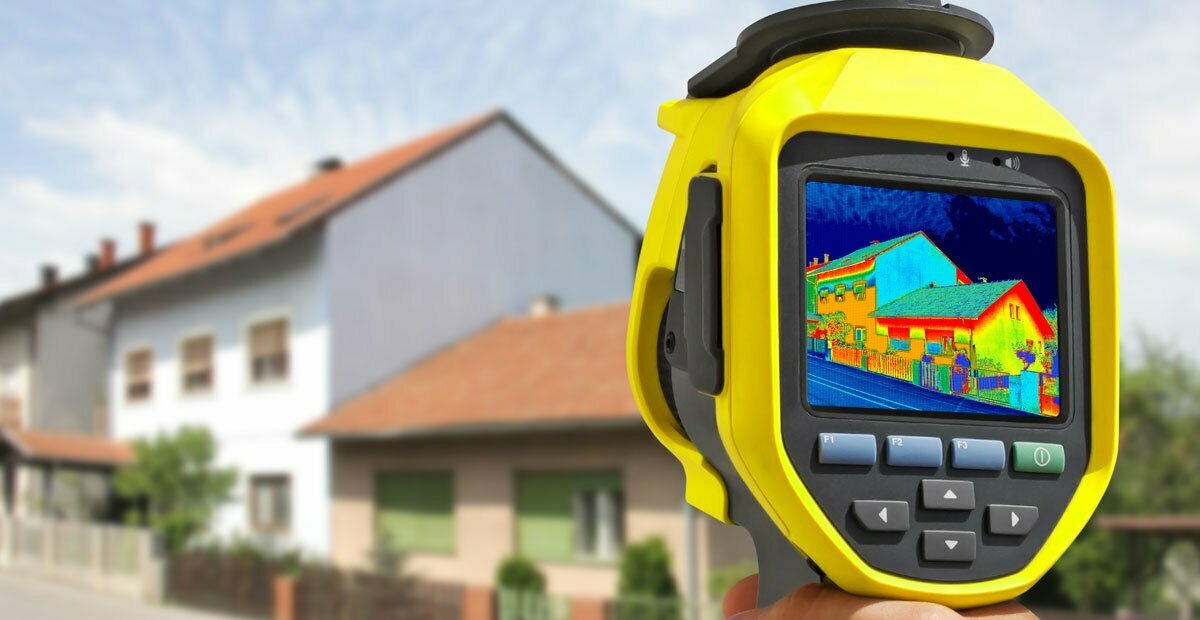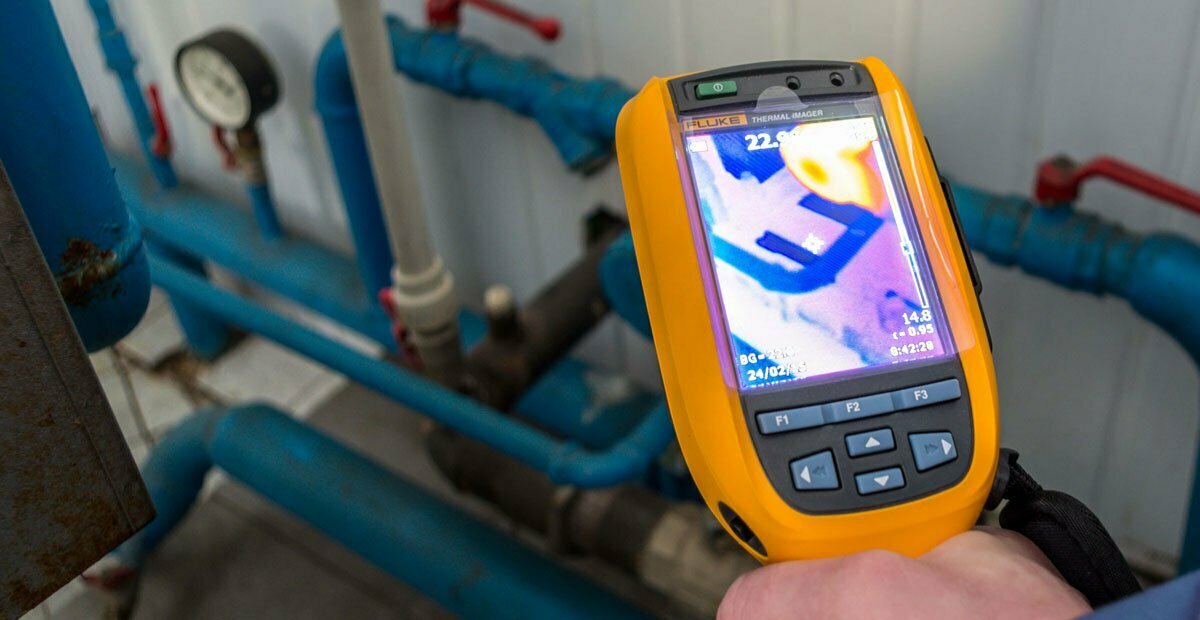In this article, we will discuss thermal imaging and why it’s important to use this tool during a home inspection.

Home inspections are visual inspections done by a licensed home inspector to evaluate the overall condition of a home. Since it is a visual inspection, the use of additional tools helps to broaden the scope of the inspection and uncover hidden defects. Thermal imaging from an infrared camera is a vital tool in the process.
So, what is Thermal imaging used for?
Thermal imaging is the use of an Infrared camera to see things that aren’t visible to the human eye.
The camera creates heat signatures for both hot and cold areas, which helps expose deficiencies. The defects most often found with the infrared camera is; missing insulation, minor plumbing leaks, leaks in the duct work and hot electrical wiring.
We, at RedStar Professional Home Inspections, feel that it’s important to use thermal imaging throughout the entire structure which is why we automatically include it in all inspections at no additional cost. This helps the inspector locate all anomalies and evaluate these areas further. When a defect is found through thermal imaging, a picture is taken and added to the report.

Some companies only use infrared in specific areas, such as the electrical panel and around plumbing fixtures. They may offer a full infra-red scan for an additional fee, so it’s important to ask where the infrared is used.
As with all equipment, infrared is not perfect. There are limitations to what the camera can detect because it relies on temperature differentials. For instance, if the air temperature outside is the same as inside, it will be much harder to detect missing insulation. Or, if there is a plumbing leak that’s been sitting for a while and the water is the same temperature as the wall and air, it will be harder to detect.
While there are limitations, this is still a very useful tool. Inspectors catch many things that would have gone unnoticed without this technology. We highly recommend that you consider including thermal imaging as part of your home inspection.

